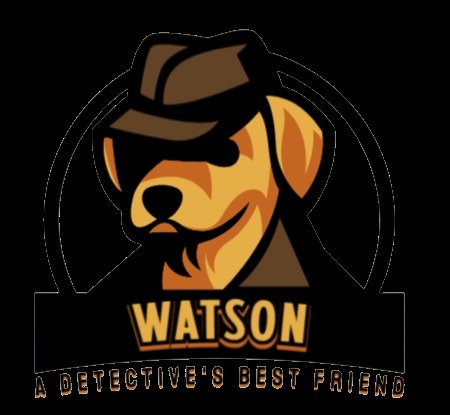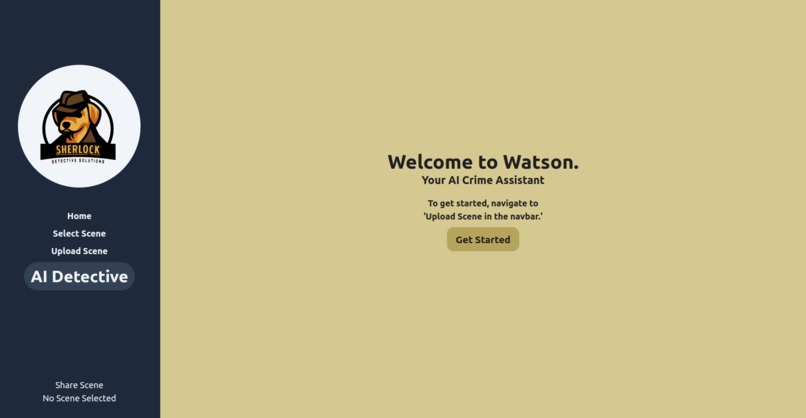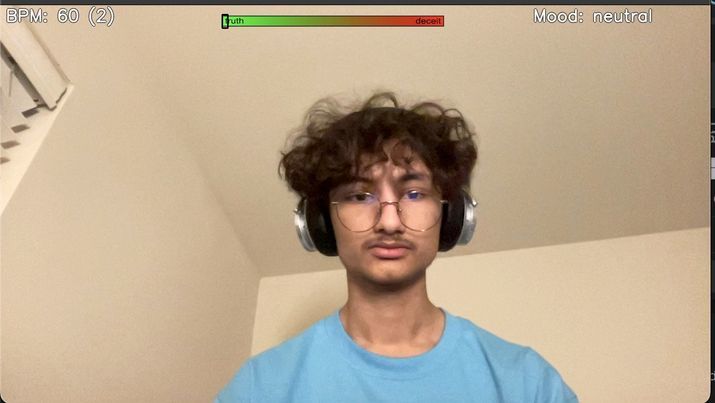Inspiration
Crime scenes are a huge issue to deal with in many different ways. Necessitating detectives to go to one specific location to analyze a crime can be a hassle, and limits the number and caliber of people who can analyze a scene. Crime scenes are also a nuisance for the public, as they require an area, often a public one, to be shut down for a long period of time while it is being analyzed for clues.
What it does
Watson acts as an interactive crime scene forensics tool, and enables you to analyze a scene without physically being there. It also provides you with several tools to both further analyze a scene more extensively than you could in person as well as to reciprocate your findings to other detectives. This includes features like a share button, and a backend database to allow multiple people to view a crime scene that was scanned by one person. Watson is designed in a way to be compatible with most 3d models, including those that can be created using phones or other specialized equipment.
How we built it
For the backend, we used django along with its ORM for sqlite. This enabled us to keep a database of all the different scenes uploaded to our system. For the frontend, we built it in react with typescript, and fetched / uploaded scenes to our database. We used three.js for the actual 3d model viewing and rendering, along with tailwind and shadcn, for styling our UI and transitions.
Challenges we ran into
The main challenge we ran into was integrating the frontend and backend, along with all the small features that we wanted to include in our final project. Integration is always one of the hardest parts of having different people work on the frontend / backend, and this hack was no exception.
Accomplishments that we're proud of
We are proud of our 3d viewer, and how it lets you navigate the crime scene seamlessly. We also are proud of how we structured our website in a way to where it can work with scans created by anyone, and how it can facilitate multiple people working on the same case. In addition, it has a lie detector that works based on micro expressions, and while not super precise, provides a framework for possible improvements as the technology advances.
What we learned
We learned the importance of collaboration in creating out final project, and how having individuals specialize in whatever area they're good at is extremely important to creating a working final product.
What's next for Watson
We plan to add more forensics features to the actual scene viewer, and other tools that can aid detectives in finding clues or otherwise solving a mystery. We were working on adjustment tools like brightness, contrast, and GPT Vision to add the the "scenes" page, in order to help a detective pinpoint clues, but those features were not able to make it to the final submission.




Log in or sign up for Devpost to join the conversation.